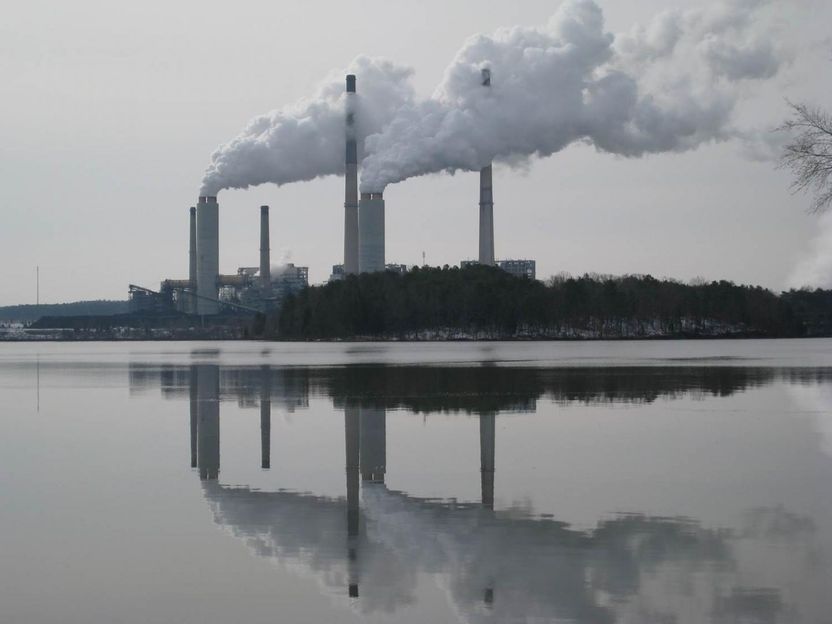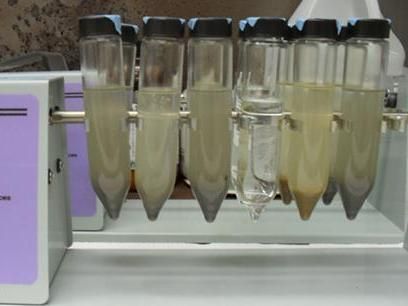Radioactive contaminants found in coal ash
Advertisement
A new Duke University-led study has revealed the presence of radioactive contaminants in coal ash from all three major U.S. coal-producing basins.

Hyco Lake, N.C., is a coal ash holding pond.
Duke University
The study found that levels of radioactivity in the ash were up to five times higher than in normal soil, and up to 10 times higher than in the parent coal itself because of the way combustion concentrates radioactivity.
The finding raises concerns about the environmental and human health risks posed by coal ash, which is currently unregulated and is stored in coal-fired power plants' holding ponds and landfills nationwide.
"Until now, metals and contaminants such as selenium and arsenic have been the major known contaminants of concern in coal ash," said Avner Vengosh, professor of geochemistry and water quality at Duke's Nicholas School of the Environment. "This study raises the possibility we should also be looking for radioactive elements, such as radium isotopes and lead-210, and including them in our monitoring efforts."
Radium isotopes and lead-210 occur naturally in coal as chemical by-products of its uranium and thorium content. Vengosh's research team revealed that when the coal is burned, the radium isotopes become concentrated in the coal ash residues, and the lead-210 becomes chemically volatile and reattaches itself to tiny particles of fly ash. This causes additional enrichment of radioactivity in the fly ash.
"Radioactive radium and lead-210 ends up concentrated in these tiny particles of fly ash, which though individually small, collectively comprise the largest volume of coal ash waste going into holding ponds and landfills," said Nancy Lauer, a Ph.D. student in Vengosh's lab who was lead author of the study.
The study comes as the U.S. Environmental Protection Agency's first-ever regulations on coal ash disposal are set to go into effect in October.
Currently, coal ash disposal sites are not monitored for radioactivity, Vengosh noted, "so we don't know how much of these contaminants are released to the environment, and how they might affect human health in areas where coal ash ponds and landfills are leaking. Our study opens the door for future evaluation of this potential risk."
Smokestack scrubbers installed at U.S. power plants keep these contaminants from escaping into the air when the coal is burned, he stressed. But if the contaminated coal ash is spilled, or if effluents leak from ponds or landfills, it may pose a hazard.
"Because of the tiny size of the fly ash particles, they are much more likely to be suspended in air if they are disposed in a dry form. People breathing this air may face increased risks, particularly since tiny particles tend to be more enriched in radioactivity," Lauer said.

































































